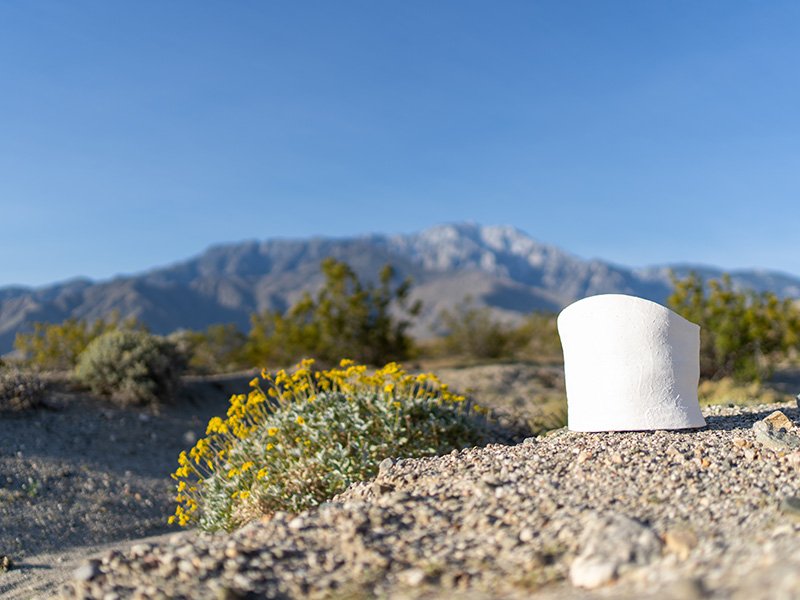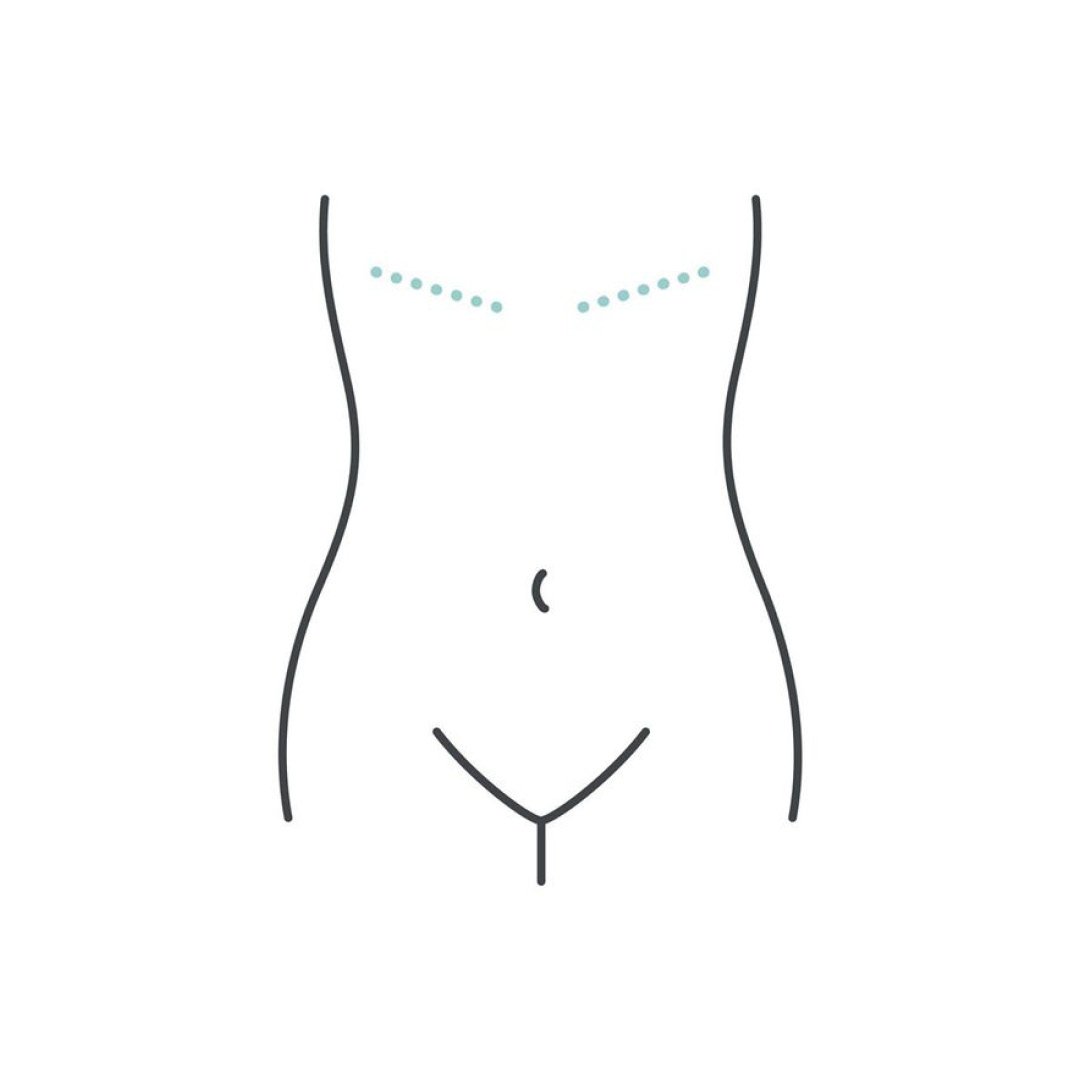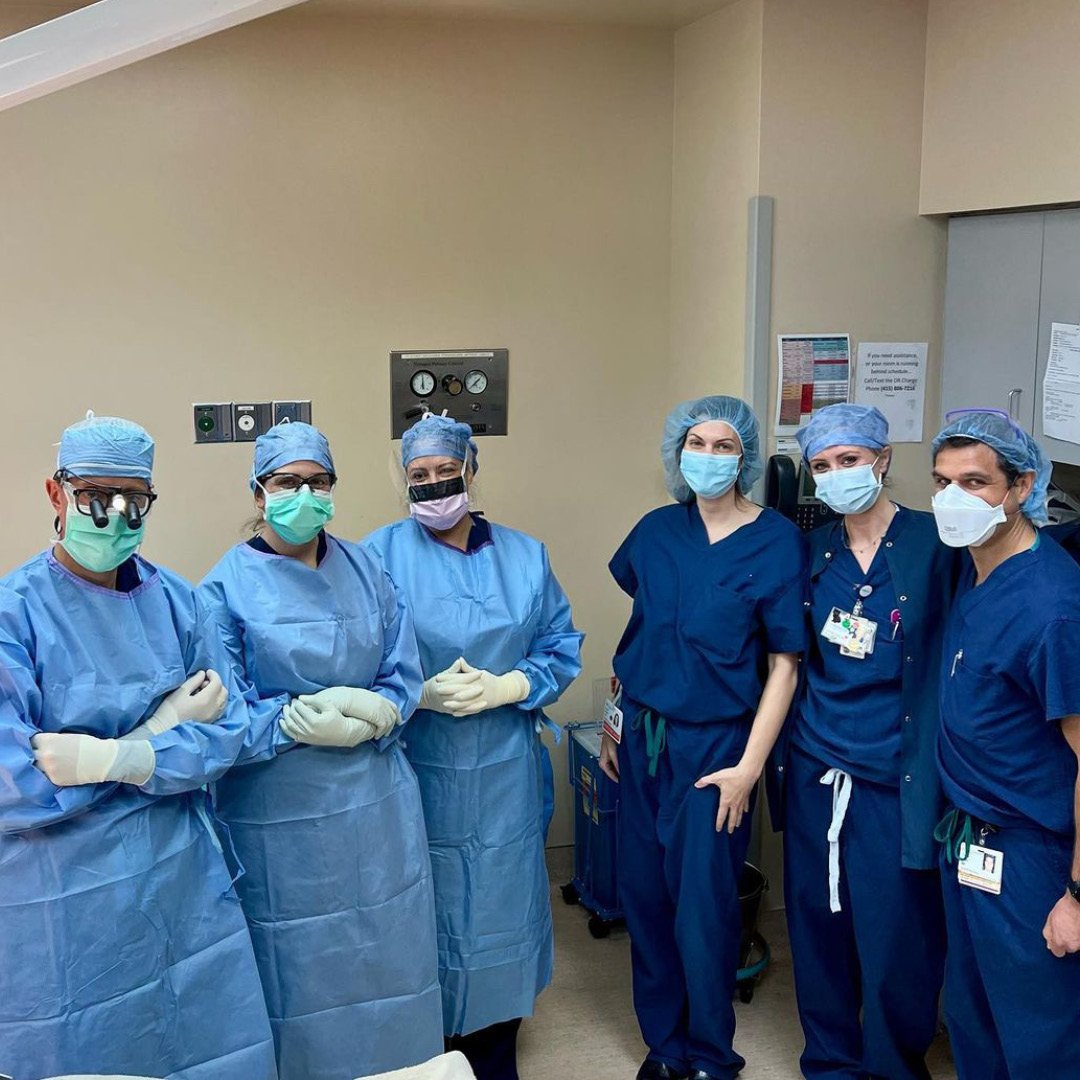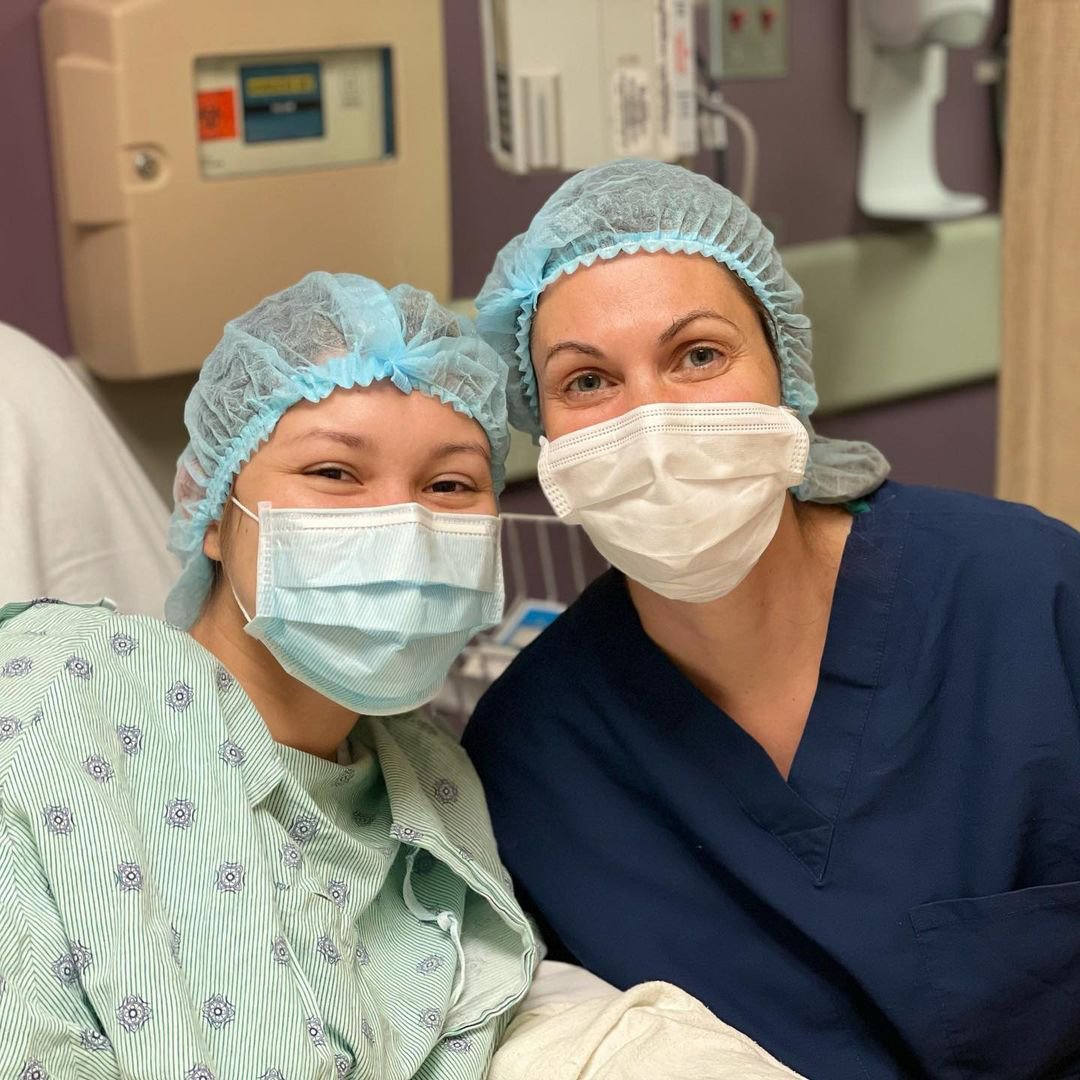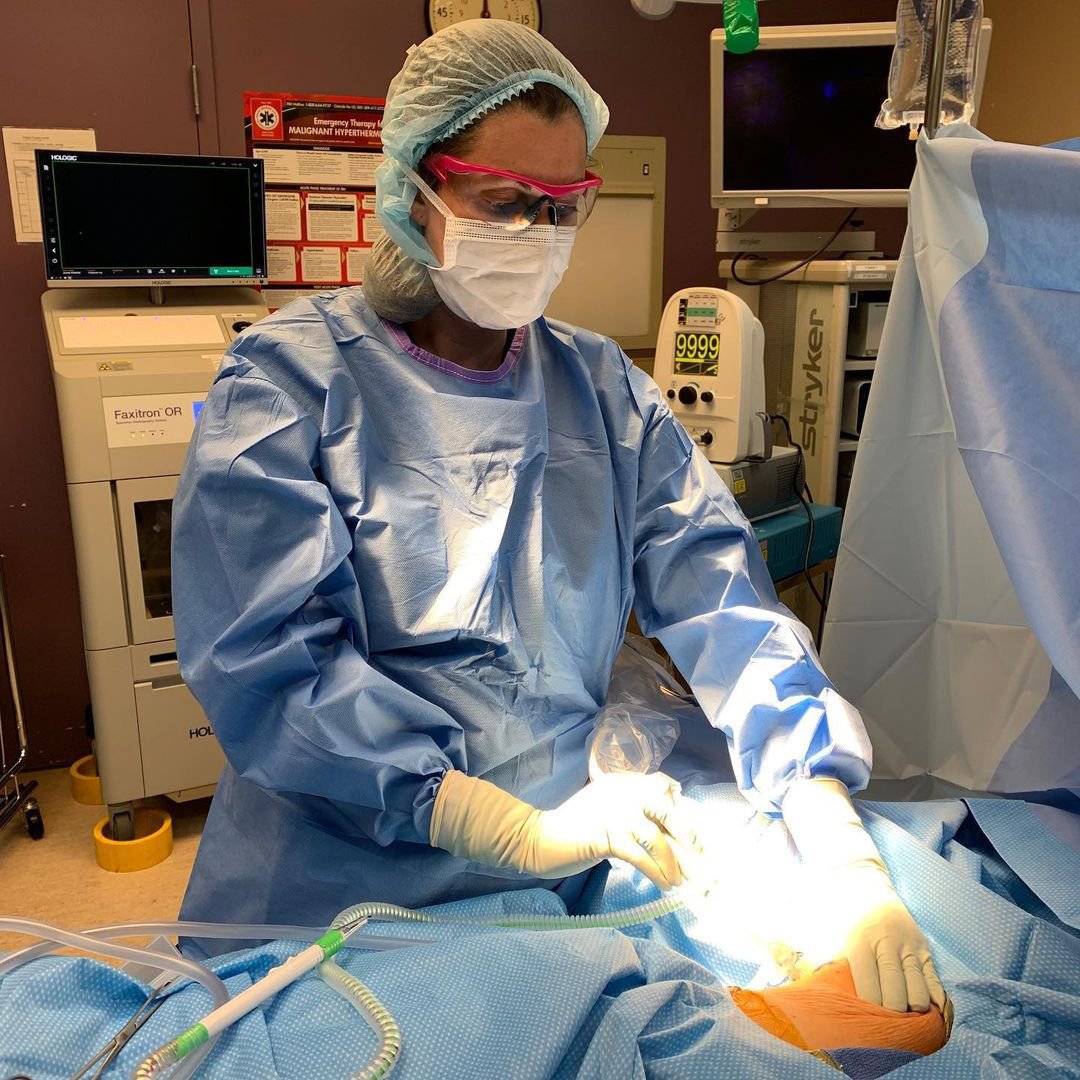Aesthetic Flat Closure: An Overview From a Breast Cancer and Plastic Surgeon
In my breast cancer and reconstructive surgery practice, as well as the online communities I belong to, I’ve seen a lot more discussion in recent years about “going flat”, or choosing not to have formal breast reconstruction at the time of mastectomy.
Photo: Lorène Carpentier-Alins
I think there are many reasons for the increased awareness, including people wanting to avoid implants or the recovery from flap surgery, goals of wanting to minimize the number of surgeries needed or the potential for complications from surgery, and more people wonderfully sharing their experience with going flat and pictures of how they look afterwards.
What I also still see and hear a lot of, though, is that people are unhappy with how their chest looks after mastectomy without reconstruction, including having lumpy areas of skin or tissue along their scars or the sides of their chest (called “dog ears”). People also report that they were not given the option of going flat, or that their medical providers may have discouraged them from choosing this option if they brought it up.
Hopefully much of this is changing, though, as there has been a lot of recent attention given in both patient and surgeon communities to an approach called “aesthetic flat closure”, which was designed to try to improve patient outcomes after going flat.
WHAT IS AESTHETIC FLAT CLOSURE?
Aesthetic flat closure is a relatively new term that’s used to describe an approach to doing a mastectomy when breast reconstruction is not being performed. The goal of aesthetic flat closure is to have the chest contour be smooth after the mastectomy, without folds of skin or hollowed out areas.
WHO IS A GOOD CANDIDATE FOR AESTHETIC FLAT CLOSURE?
Really anyone who does not want to have a formal breast reconstruction with implants and/or flaps should be able to have aesthetic flat closure. In general, the surgery is more straightforward with smaller scars for people with smaller breasts and minimal sagging, but there are good options for flat closure in people with larger, heavier breasts as well.
DO ALL SURGEONS OFFER FLAT CLOSURE?
There has been more recent awareness in the breast surgeon community of the importance of doing mastectomy closure in a thoughtful and aesthetic way. As a result, the approaches are now being taught at surgery meetings and courses, which should hopefully help more surgeons feel comfortable offering aesthetic flat closure.
Depending on the surgeon’s practice, some breast cancer surgeons may do aesthetic flat closure themselves, while others may work together with their plastic surgery colleagues for these surgeries.
WHAT QUESTIONS SHOULD I ASK WHEN MEETING WITH MY SURGEON TO TALK ABOUT AESTHETIC FLAT CLOSURE?
One of the most important things to talk about is what you’re really hoping to look like after surgery. For some people, their goal of flat closure is to be completely flat, while others may want a small amount of projection in part of their chest. It can be really helpful to join online communities or look at websites with examples of flat closure to help you figure out how you’d like to look.
You can then bring in these pictures of other people who’ve gone through the surgery and look the way you’d like to look to discuss with your surgeon and see if it would be realistic for you. It’s also helpful to ask your surgeon about their prior experience with flat closure and also for examples of patients of theirs who have had similar surgery.
One of the most important parts of going through any kind of surgery, but especially flat closure, is to feel comfortable with your surgeon, their experience, and their support of your choices and journey. It’s a big choice to pick a surgical team and surgical option and it is completely okay to ask all of your questions and then set up another visit if you need to answer more questions that come up.
Don’t forget that it is your body and the most important thing is that you feel as comfortable and well-informed as possible going into surgery!
DOES HEALTH INSURANCE COVER FLAT CLOSURE?
While insurance billing for aesthetic flat closure is continuing to evolve as the procedure becomes more widely available, insurance companies typically do cover flat closure as part of breast cancer-related or risk-reducing mastectomies. It’s important to speak with your insurance company and also make sure your surgical team and the center where you’re planning on having surgery have confirmed that it will be covered by insurance prior to scheduling surgery.
WHAT SHOULD I EXPECT AFTER SURGERY?
As the chest wall muscle and other parts of the body outside of the breasts are not being disrupted the way they sometimes are with breast reconstruction procedures, having a mastectomy with aesthetic flat closure is usually not particularly painful and recovery is typically pretty fast.
Most people go home from the hospital or surgery center the same day or the next day, usually with one or two drainage tubes in each mastectomy site. Drains are usually removed one to two weeks after surgery, though it may end up being longer. People are usually back to daily activities around their house and work within two weeks, and usually back to full exercise by four weeks.
The amount of scarring really depends on the size and heaviness of the breasts before surgery, but with scar massage and other treatments like gels or scar strips, scars usually fade within six months or a year after surgery (though it is not uncommon for some scars to take several years to truly fade). Please remember that everyone’s healing journey is different and make sure to speak to your surgeon about their specific recovery protocols!
Hopefully this helps give you a good starting point for thinking about if aesthetic flat closure is right for you and how to move forward with learning more if it is. Fortunately there is more and more information available on flat closure as more people choose this option, which will only help others be more informed about their decisions!
DR. ANNE PELED, MD
CONTRIBUTOR
Dr. Peled is a practicing breast cancer and plastic surgeon based in San Francisco. She is also the co-director of the Breast Care Center of Excellence at Sutter Health California Pacific
Medical Center. She has an extensive research experience focused on improving outcomes after breast cancer surgery and breast reconstruction and is currently involved in research looking at novel approaches to optimize patient satisfaction and quality-of-life after breast surgery. Dr. Peled and her husband, Dr. Ziv Peled, have also pioneered a surgical technique to allow people to preserve breast sensation following mastectomy.
Dr. Peled has a passion for educating patients and health care professionals about oncoplastic surgery and breast reconstruction options, regularly teaching at courses across the U.S. to increase awareness around these approaches. She is also a breast cancer survivor herself and shares her story to inspire others to advocate for themselves to achieve their best health outcomes.
Information found on the KAB website is for educational and informational purposes only and does not constitute medical advice. You are advised to consult a medical professional or healthcare provider if you are seeking medical advice, diagnoses, or treatment.
Read more: My Body, My Choice

